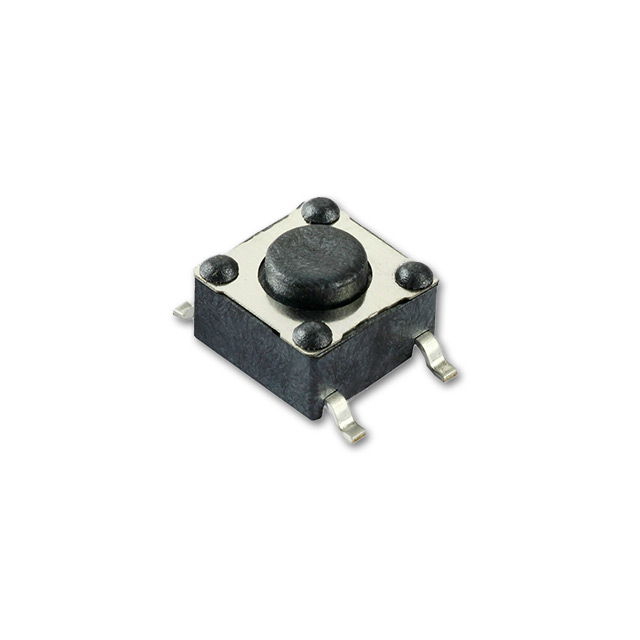Many professionals rely on tactile switches to improve accuracy while typing for extended periods.
Recognizing the Benefits of Tactile Switches for Improved Customer Experience
Tactile switches are important to modern customer interfaces, providing physical feedback that enhances communication precision and customer complete satisfaction. By offering a distinct sensation upon activation, responsive buttons validate individual inputs without the requirement to divert visual focus, simplifying job implementation and reducing mistake prices.
Checking Out the Mechanics of Tactile Switches Over
To recognize exactly how tactile buttons improve user experience, it is crucial to dive into their mechanics. Responsive switches operate through a device that customers can feel and hear when a secret is pushed.
The building of these switches varies, but common materials include steel for the get in touches with and rubber or silicone for the responsive dome - tactile switches. These components are crafted to hold up against numerous cycles, making sure toughness and regular efficiency with time. This reliability makes responsive buttons specifically favored in environments that require fast, accurate user input
How Tactile Responses Enhances Accuracy and Speed
Lots of users discover that responsive comments from switches significantly enhances both the accuracy and rate of their interactions with gadgets. The distinct physical feeling given when a tactile button is activated enables customers to validate their input without requiring to confirm aesthetically. This verification is essential in settings where attention is divided throughout several jobs, as it guarantees inputs are both deliberate and right.
Moreover, the prompt feedback from responsive buttons minimizes the moment taken between activities. Users do not have to push secrets several times to guarantee activation, resulting in quicker action times. This performance is especially useful in high-speed typing scenarios where each millisecond can contribute to general efficiency.

Additionally, the improved sensory experience decreases individual exhaustion and boosts involvement, making interactions more intuitive and much less susceptible to mistakes - tactile switches. Thus, tactile buttons not only improve the capability of a device however likewise add to a much more satisfying user experience
The Role of Tactile Switches in Video Gaming Performance

In addition, tactile buttons contribute to quicker response times. The physical experience validates the vital press without the requirement to bad the keys, making it possible for quicker inputs and a smoother video gaming experience. This is specifically useful in games that require rapid and repeated keystrokes, where speed is often as essential as accuracy.

Responsive Buttons in Professional Atmospheres
Tactile buttons are similarly transformative in expert atmospheres, where efficiency and ergonomic style enhance efficiency. These buttons, frequently discovered Full Report in high-precision key-boards, are treasured for their receptive feedback - tactile switches.
In setups like control areas or workshops, responsive switches are integrated right into equipment for their reputable efficiency. They provide drivers the assurance needed in high-stakes settings, making sure that every command or change is executed as meant. This dependability, paired with the responsive action, aids keep high degrees of concentration and functional efficiency, crucial in maintaining process and meeting expert criteria.
Comparing Tactile and Non-Tactile User User Interfaces
How do responsive user interfaces contrast to their non-tactile counterparts? Responsive user interfaces, such as those with physical buttons or textured surface areas, use immediate physical comments through touch.
The option between tactile and non-tactile user interfaces often depends on the application's context and individual requirements. Responsive user interfaces are vital in scenarios needing procedure without straight line of sight, such as driving or in particular commercial settings.

Verdict
In conclusion, responsive buttons considerably improve individual Your Domain Name experiences by supplying essential physical responses. By supplying a more intuitive and pleasing interaction, tactile buttons confirm superior to non-tactile interfaces, making them a recommended option for individuals seeking integrity and performance in their communications with innovation.